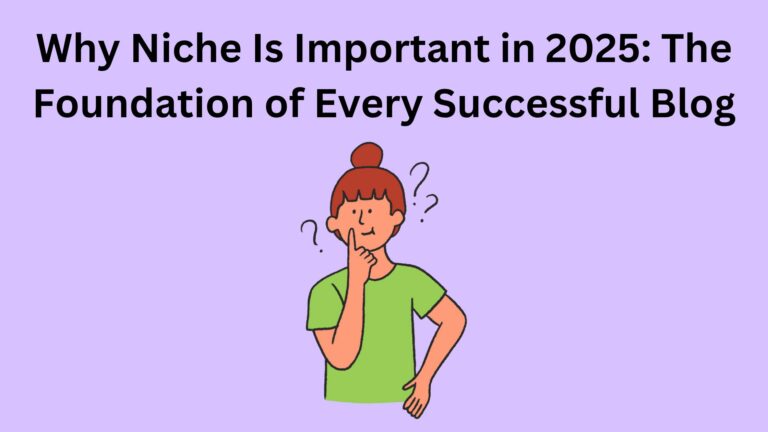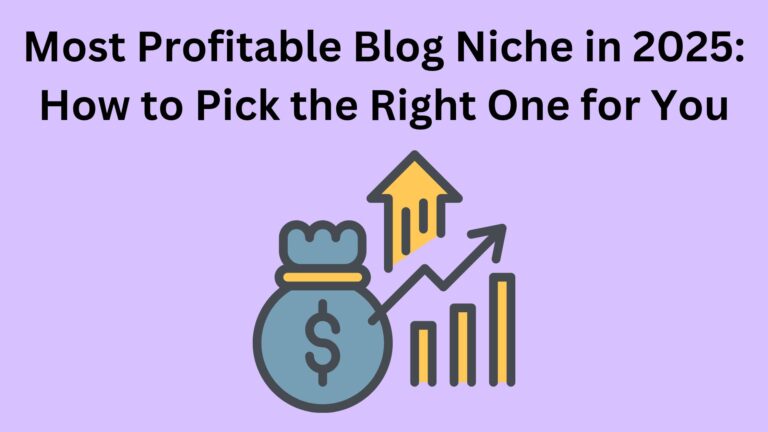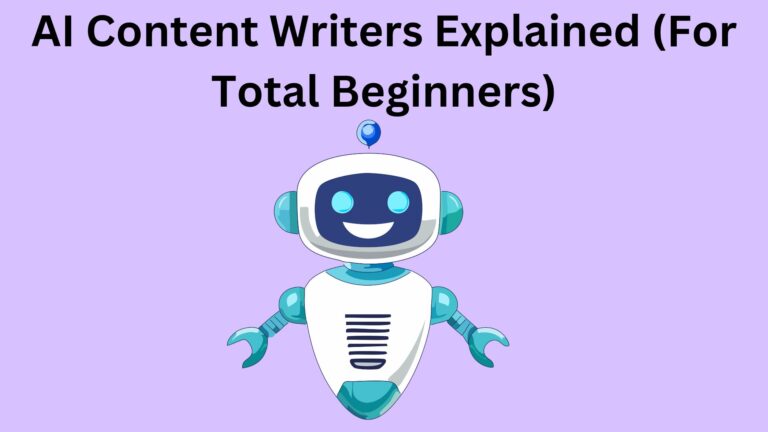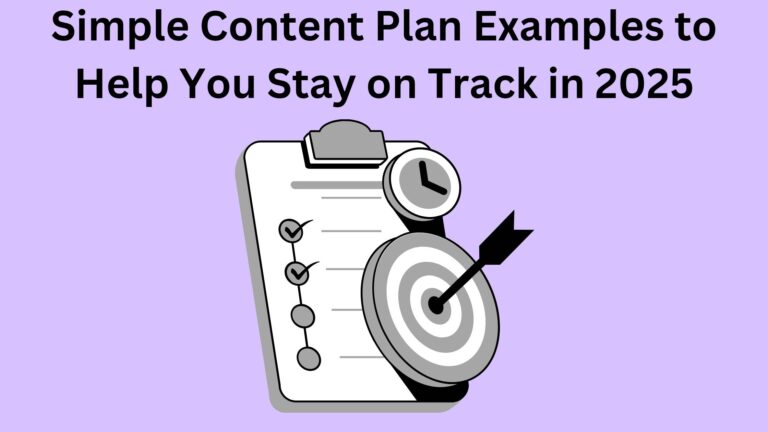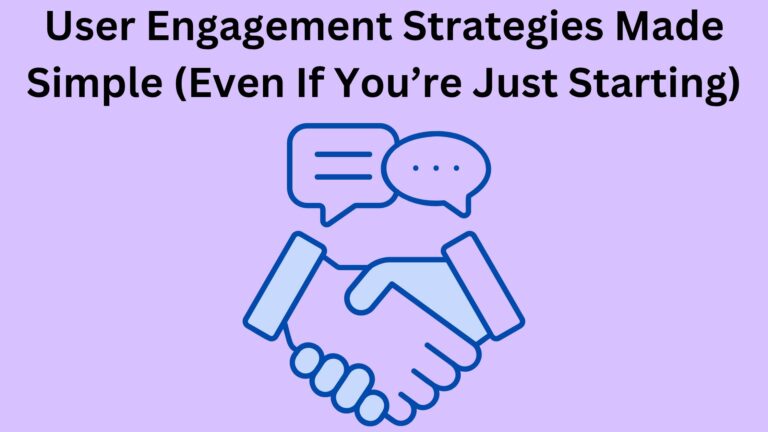What Makes High Quality Content? (And How You Can Easily Create It Too)
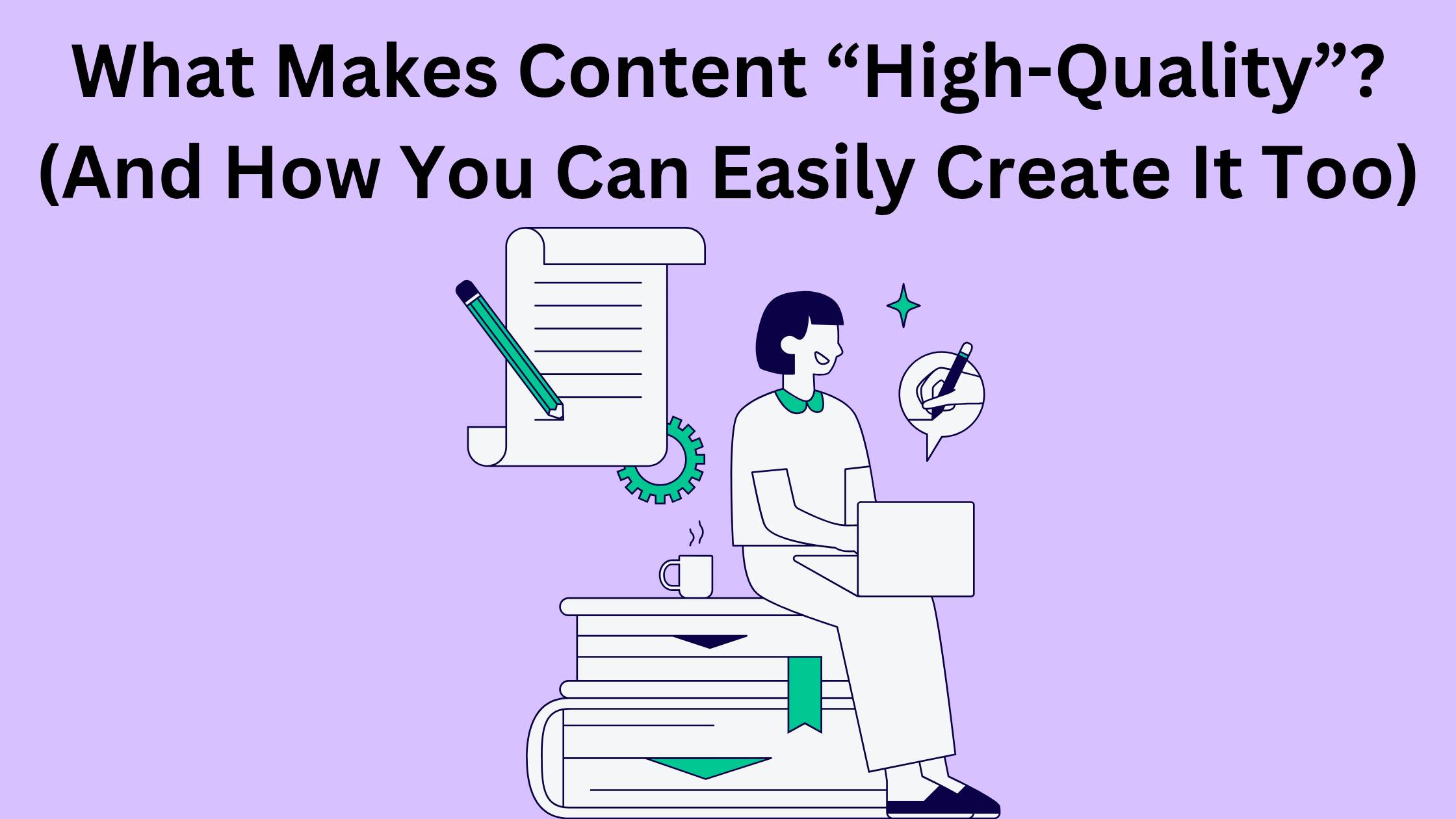
What Makes Content “High-Quality”? (And How You Can Easily Create It Too)
If you’re new to blogging or content creation, you’ve probably heard people say, “You need high-quality content to grow.”
But what does that even mean?
Let’s break it down in — no confusing words, no tech talk — just simple, real advice for beginners who want to learn and grow online.
First Things First: What Is High-Quality Content?
Here’s the simple answer:
> High-quality content is helpful, honest, and easy to understand.
It gives the reader something valuable — like advice, answers, or step-by-step help.
If someone finishes your post and thinks,
> “That actually helped me,”
you’ve nailed it.
You don’t need to sound smart.
You just need to be helpful and real.
Why Does It Matter So Much?
Because good content builds trust.
It helps you:
- Show up on Google
- Keep people on your blog longer
- Grow your audience
Make money from your blog (through ads or affiliate links)
Without great content, your blog won’t grow — no matter how fancy your theme or tools are.
Let’s Make It Super Simple: What Does Good Content Look Like?
Picture this:
You search for “How to start a blog with no money.”You click on two posts.
The first is full of big words, vague tips, and no real help.
The second gives you:
- Clear steps
- Free tools
- Real talk
- Simple language
Which one do you trust?
Which one would you want to read?That second one is what we call high-quality content.
It feels like a friend helping you — not a robot trying to impress you.
How Do You Create High Quality Content (Even If You’re New)?
Here’s how to do it — step by step — even if you’ve never written a blog post before.
1. Start With a Real Problem
Think about one question someone might have — something you once searched for.
Write a post that answers that question as clearly as you can.
Examples:
- “How do I pick a blog niche?”
- “How do I write my first post?”
- “What tools do I need to start?”
Start simple. One problem at a time.
2. Write Like You’re Talking to One Person
Forget trying to sound “professional.”
Just be yourself.
Talk like you’re helping a friend over coffee.
Be friendly. Be clear. Be honest.
3. Make It Super Easy to Follow
People don’t want to read walls of text.
So:
- Use short paragraphs
- Add headings
- Break things up
- Make your main points stand out
The easier it is to read, the more people will actually stay and finish the post.
4. Give Real Help — Not Just Basic Tips
Don’t just say “be consistent” or “write often.”
Actually show people how.Examples:
- Share tools you use
- Add your own experience
- Give step-by-step help
That’s what builds trust.
Beginner Tools That Make It Easier
Here are some free tools that’ll help you write better:
- Grammarly – Fix grammar and spelling
- Hemingway Editor – Make your writing simpler
- Google Trends or Ubersuggest – See what people are searching for
But honestly? The best tool is your own voice.
No tool can replace that.
Mistakes New Bloggers Often Make (And How to Avoid Them)
Avoid these common traps:
- Writing just to please Google
- Stuffing your post with too many keywords
- Copying others without adding your voice
- Being too general or too boring
- Skipping real examples or steps
Instead, focus on this:
> “How can I truly help someone reading this?”
That mindset changes everything.
Before You Hit Publish, Ask Yourself This:
- ✅ Did I solve one clear problem?
- ✅ Is the writing simple and clear?
- ✅ Did I write like I’m talking to a friend?
- ✅ Will a beginner actually understand this?
- ✅ Would I share this if I were the reader?
If yes — publish it. You’re doing great.
Final Words: You Can Create High Quality Content (Yes, You)
- You don’t need a writing degree.
- You don’t need expensive tools.
- You just need to care.
Care about helping real people.
- That’s how you build trust.
- That’s how you grow.
- That’s how you stand out online.
So go write. You’ve got this.
Helpful Posts You Might Like:
👉 What Is a Blogging Brand (And Why It Matters)
👉 Why Joining a Blogging Community Helps You Grow Faster
